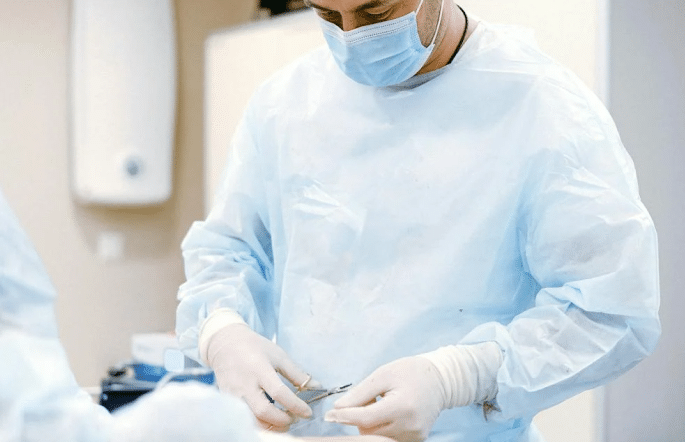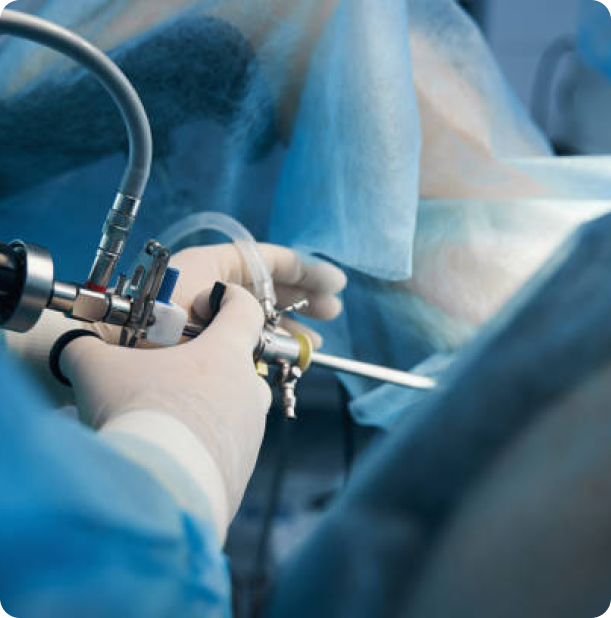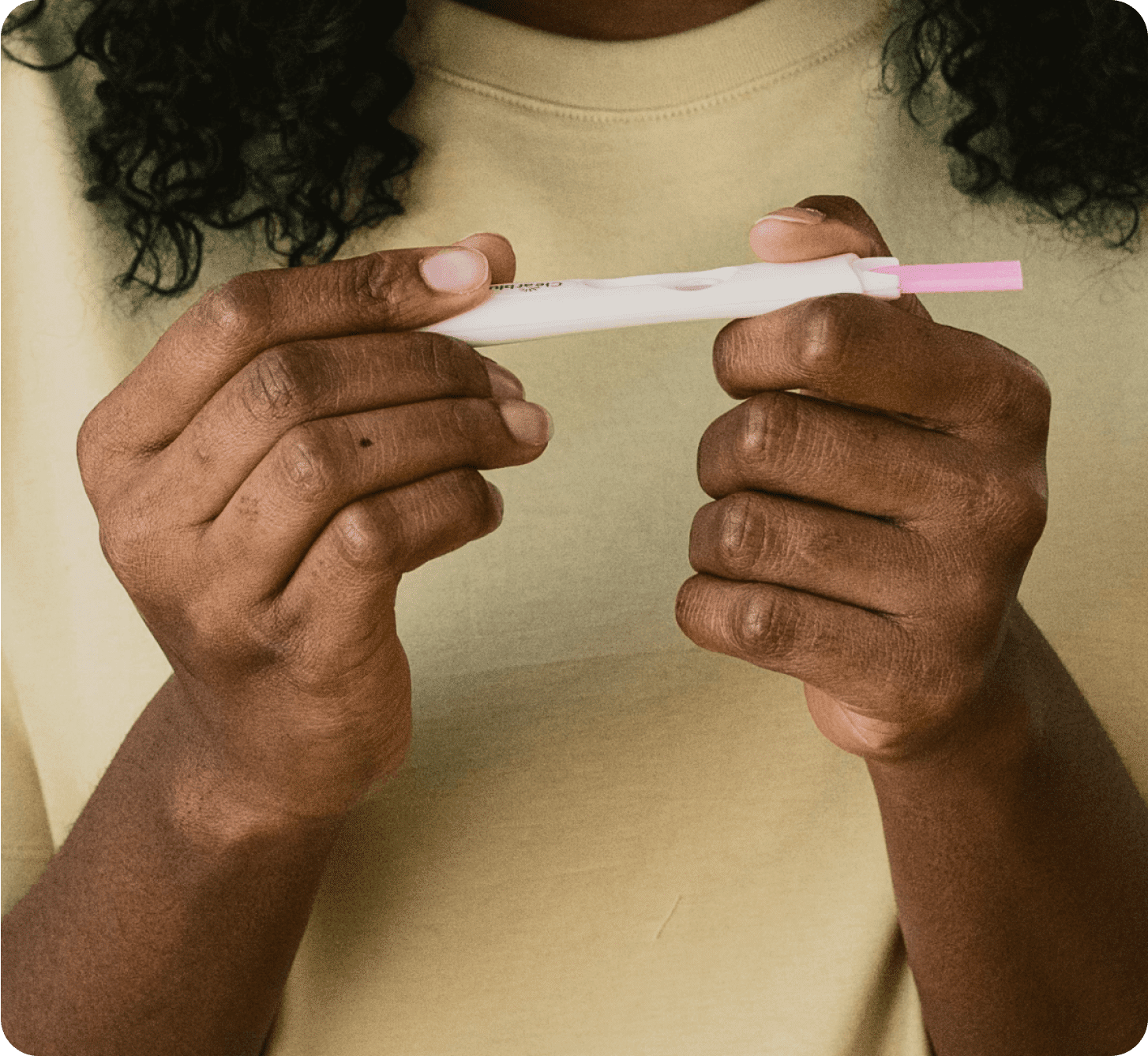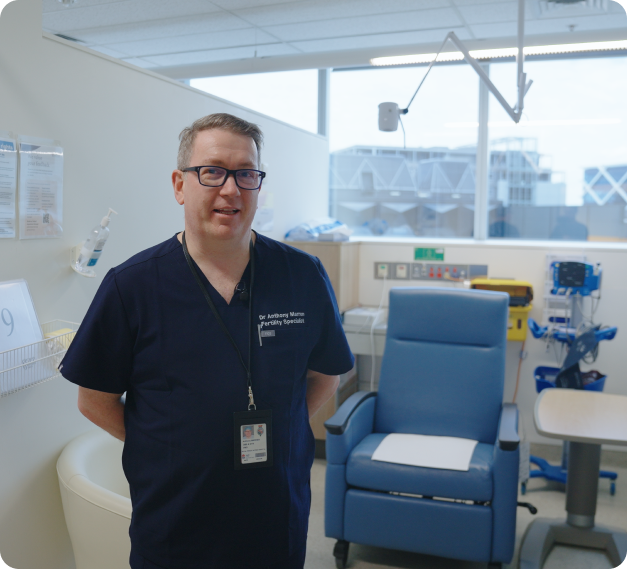
Laparoscopy is a minimally invasive surgical procedure that allows doctors to examine the organs inside the abdomen and pelvis. Using a thin instrument called a laparoscope, which is inserted through a small incision near the navel, this procedure helps diagnose and treat a variety of conditions related to fertility. Laparoscopy offers detailed visualisation and allows for immediate treatment during the same procedure

Laparoscopy (also known as keyhole surgery) is an important diagnostic and therapeutic tool in fertility care. It is used to identify and treat conditions such as endometriosis, scar tissue, fibroids, or blocked fallopian tubes, which may interfere with a woman’s ability to conceive.
By providing a direct view of the reproductive organs, laparoscopy allows for precise evaluation and treatment, helping to improve fertility outcomes and the chances of a successful pregnancy.
I follow the guidelines and standards of RANZCOG (Royal Australian and New Zealand College of Obstetricians and Gynaecologists), a leading authority on women’s reproductive health. For further reading, RANZCOG provides detailed patient resources: Laparoscopy

Laparoscopy provides a clear and detailed view of the reproductive organs, to identify conditions that may not be detectable through imaging or non-invasive tests.
Many issues, such as endometriosis or adhesions, can be treated during the same procedure.
Unlike traditional surgery, laparoscopy uses small incisions, which means less pain, a shorter hospital stay, and a quicker recovery time - so you can get back to your routine faster.

A non-invasive procedure used to get a closer look at the organs inside the abdomen, like the uterus, fallopian tubes, and ovaries. It helps doctors diagnose conditions such as endometriosis, fibroids, or pelvic infections.

Laparoscopy is commonly recommended in specific situations where a more detailed examination of the reproductive organs is needed. It is often suggested for cases of:

Before your laparoscopic procedure, your medical history will be reviewed to identify any underlying conditions that might affect the procedure, along with any medications you’re currently taking. On the day of the surgery, you’ll be instructed to fast for a certain period beforehand.
Anaesthetic: The procedure is performed under general anesthesia.
Incisions: A small incision is made near the navel to insert the laparoscope. Additional small incisions may be made to allow for surgical instruments
Gas Inflation: Carbon dioxide gas is often used to inflate the abdomen and give more visibility
Surgical Intervention: Depending on the findings, diagnostic procedures or treatments, such as removing endometrial tissue, clearing blockages, or removing fibroids may be performed
After the procedure, you’ll be moved to a recovery area where medical staff will monitor you as the anesthesia wears off.
You might feel some discomfort or soreness in your abdomen, but this is usually manageable with pain medication. Most patients are discharged on the same day.
In the days following your laparoscopic surgery, you may experience some swelling, bruising, or gas pain, which is normal. Rest is essential, and you’ll likely be advised to avoid strenuous activities for a week or two.
Follow-up appointments will help ensure everything is healing properly.

The cost of laparoscopy varies depending on the complexity of the procedure and the provider.
We will provide you detailed information regarding costs.
Costs include surgeon, assistant surgeon, anaesthetist, and hospital fees. You will also receive information on estimated rebates from Medicare and any Private Insurance.

If you’re experiencing fertility challenges or need further investigation, I can provide a comprehensive evaluation and personalised treatment plan.
As a laparoscopic surgeon specialising in complex surgeries such as endometriosis, fibroids and tubal reversals, I will be able to provide you with continuity of care while providing expertise and support throughout.
Laparoscopy is a minimally invasive surgical procedure used to diagnose and treat conditions like endometriosis, fibroids, and tubal blockages.
Women with unexplained infertility, pelvic pain, or suspected endometriosis may benefit from laparoscopy.
Endometriosis, fibroids, ovarian cysts, and adhesions can be treated through laparoscopy.
Yes, it is a common and safe procedure with a low complication rate.
Most women recover within one to two weeks, depending on the extent of the surgery.
Possible risks include infection, bleeding, and injury to surrounding organs.
Success depends on the condition being treated, but many women experience improved fertility after the procedure.
Understanding the emotional journey couples endure when they have difficulty conceiving or recurrent pregnancy loss is essential to my approach.
Creative Advertising by Kiin Agency.